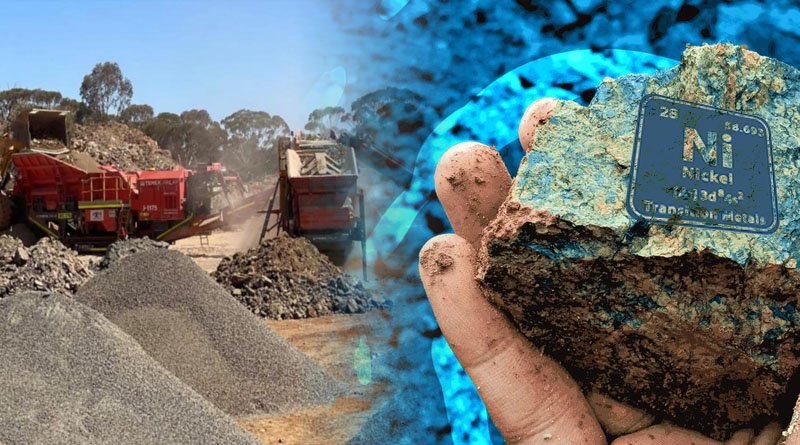Pakistan has sizeable deposits of nickel. Nickel is a transitional metal that is silvery white, hard, and ductile with a faint golden tinge.

Pakistan has sizeable deposits of nickel. Nickel is a transitional metal that is silvery white, hard, and ductile with a faint golden tinge. It is impossible to undervalue the significance of nickel, which has a wide range of physical and chemical properties. According to reports, Pakistan’s socioeconomic benefits from nickel extraction could be enormous.
According to Yaqoob Shah, principal geologist at the Global Mining Company in Islamabad, member of the National Council for Marble, Granite, and Minerals, and former general manager of geology at the Pakistan Mineral Development Corporation (PMDC), no specific nickel mining was done in Pakistan at the government level.
He claimed that significant amounts of nickel- and chromite-containing raw materials were exported. Balochistan, Gilgit-Baltistan, and the entirety of Khyber Pakhtunkhwa are home to nickel and chromite deposits.
Along the western border, which runs from North Waziristan to the Pakistan-Afghanistan border, large fields can be found for nickel extraction. According to Yaqoob, plutonic igneous rocks—which solidified close to the boundary between the earth’s crust and mantle—contain nickel. When chromium is in excess, they are too darkly coloured, such as dark grey, dark green, and black.
Nickel, chromite, and iron ore are all found together. Nickel is never found without chromite, unlike iron ore. In nature, these rocks are referred to as ultramafic. Its main sources are minerals like pentlandite, NI-rich natural silicates, and iron limonite.
Yaqoob continued, “It is one of the four elements that maintains ferromagnetism at room temperature.” Nickel is primarily used in alloys, stainless steel manufacturing, foundries, anti-corrosive plating on electric vehicle rechargeable batteries, coin making, etc. It is an essential nutrient for some microorganisms and plants.
Its compounds are widely used as catalysts for hydrogenation, rechargeable battery cathodes, metal surface treatment, pigments, and other specialised chemical processes in the manufacturing of chemicals.
According to the COMTRADE database of international trade maintained by the United Nations, Pakistan exported nickel worth US$2,09k in 2021 while importing nickel worth US$770.31k in the same year in various forms, including plates, sheets, strips, and foils, and in varying quantities from countries such as China, France, Finland, Japan, the USA, the UK, and the UAE under the HS code 7506.
He claimed that if Pakistan’s indigenous industry in the relevant field were to be activated, valuable foreign exchange currently spent on exporting various nickel products could be saved.
According to Taj Muhammad, a geologist and assistant manager at the Pakistan Mineral Development Corporation (PMDC), there is no official regular nickel mining occurring in Pakistan. It is not mined or processed anywhere in Pakistan as a primary mineral. Pentlandite, an iron sulphide and nickel-based mineral, is its main source.
However, with the help of a friendly nation, research has been done to extract about 75% of nickel from laterites, which are abundant in Ziarat. Using 2021 as the base year, it is predicted that the nickel market, currently valued at US$33.31 billion, will increase to US$36.27 billion by the year 2028, with a compound annual growth rate of 7.3%.
Pakistan must concentrate on creating a nickel sector. In this regard, friendly nations, including China, can also be used for coordination and expertise. As a result, Pakistan’s industrial sector will be strengthened, and the nation’s socioeconomic situation will improve.